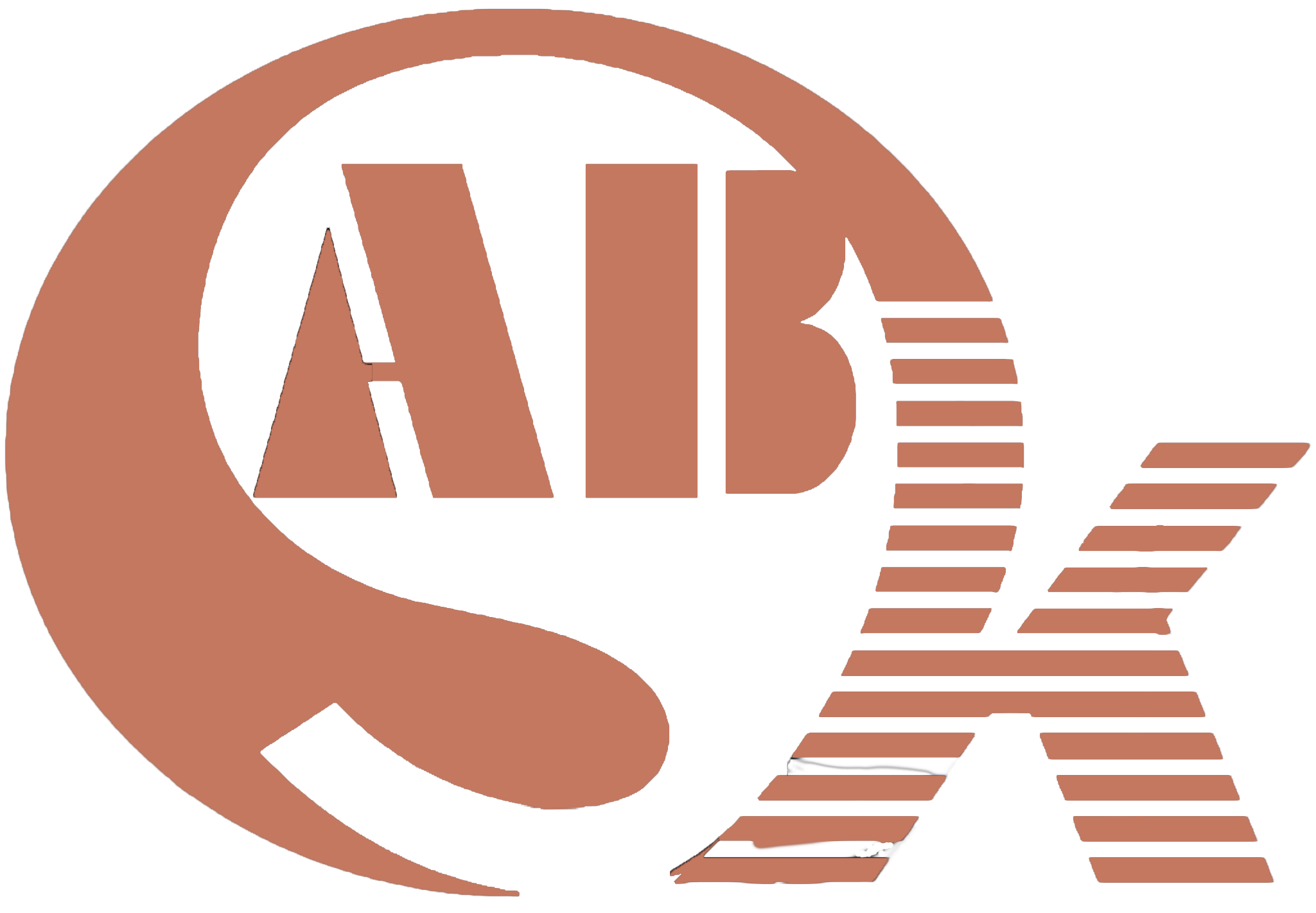Unlocking Precision Welding: The Role of Welding Indexing Tables
Welding is a meticulous craft where precision and accuracy are essential to achieving the highest quality welds. In pursuit of such excellence, welders have come to rely on a range of specialized equipment, with welding indexing tables at the forefront. These versatile tools play a pivotal role in enhancing the precision and efficiency of welding processes. In this article, we will explore the significance of welding indexing tables, their benefits, and how they contribute to impeccable weld quality.
The Power of Welding Indexing Tables:
Welding indexing tables, also known as rotary indexing tables, are designed to hold and rotate workpieces during welding. This rotation enables welders to access different angles and positions, ensuring a uniform and high-quality weld.
Key Benefits of Welding Indexing Tables:
- Precise Weld Positioning: Indexing tables provide controlled rotation, enabling precise positioning of the workpiece. This results in consistent weld quality and ensures all areas of the joint are accessible.
- Enhanced Efficiency: Welders can work more efficiently with indexing tables as they eliminate the need for frequent repositioning of the workpiece. This reduces project lead times and increases productivity.
- Improved Weld Quality: The uniform rotation facilitated by indexing tables contributes to higher weld quality and aesthetics, which is particularly important for projects where the appearance of the weld is critical.
- Reduced Operator Fatigue: Instead of manually manipulating the workpiece, welders can rely on the indexing table to rotate it. This reduces operator fatigue and enhances comfort during long welding tasks.
- Versatility: Welding indexing tables can accommodate a wide range of workpiece sizes and shapes, making them suitable for various welding applications.
Exploring Welding Indexing Tables:
Welding indexing tables come in various sizes and configurations, catering to different welding needs. Here are some of the key features and aspects to consider when evaluating these valuable tools:
1. Size and Load Capacity:
Selecting the right size and load capacity for your welding indexing table is crucial. Consider the dimensions and weight of the workpieces you’ll be welding to ensure a good match. Smaller indexing tables are suitable for light-duty applications, while larger models are ideal for heavy workpieces.
2. Rotation Speed and Control:
Welding indexing tables offer adjustable rotation speeds, allowing welders to fine-tune the rotation to suit the welding process and project requirements. Some models come with digital control panels for precise speed adjustments.
3. Customization:
Certain indexing tables can be customized to accommodate specialized welding needs. Features like adjustable tilt angles, accessory compatibility, and remote controls are available for those who require additional versatility.
4. Safety Considerations:
Safety is paramount when using welding indexing tables. Ensure that the indexing table is equipped with safety features, such as emergency stop buttons and overload protection, to protect both the operator and the equipment.
Applications of Welding Indexing Tables:
Welding indexing tables find applications in various industries and welding projects, including:
- Pipe Welding: In the construction of pipelines, indexing tables are used to achieve high-quality circumferential welds, ensuring the integrity of the pipeline.
- Aerospace: Precision welding is paramount in aerospace applications to ensure the safety and reliability of aircraft and spacecraft components.
- Automotive: The automotive industry relies on indexing tables for precision welding to maintain structural integrity and ensure high weld quality in vehicle components.
- Cylinder Welding: Cylindrical workpieces, such as tanks and containers, benefit from indexing tables to achieve consistent and secure welds.
- Custom Fabrication: Welders specializing in custom fabrication use indexing tables to streamline the welding of complex and unique projects.
Selecting the Right Welding Indexing Table:
When choosing a welding indexing table for your specific welding needs, consider the following factors:
- Workpiece Size and Weight: Ensure the indexing table can accommodate the largest workpiece you’ll be welding.
- Rotation Speed: Select an indexing table with adjustable rotation speed to match your welding process and desired weld quality.
- Control Options: Evaluate the control interface for ease of use and precision in setting the rotation parameters.
- Safety Features: Ensure the equipment has safety features in place to protect both the operator and the workpiece.
Conclusion: Elevating Welding Precision with Indexing Tables
Welding indexing tables have revolutionized the welding industry by providing welders with the tools they need to achieve exceptional weld quality, precision, and consistency. Whether you are working on small-scale projects or large industrial applications, indexing tables are indispensable tools that can make a significant difference in the quality and efficiency of your welding operations.
Investing in a high-quality welding indexing table designed for your welding needs is an investment in precision and excellence. These indexing tables exemplify how technology and innovation continue to drive progress in the field of welding, making it possible to meet the highest industry standards and achieve impeccable weld results.
